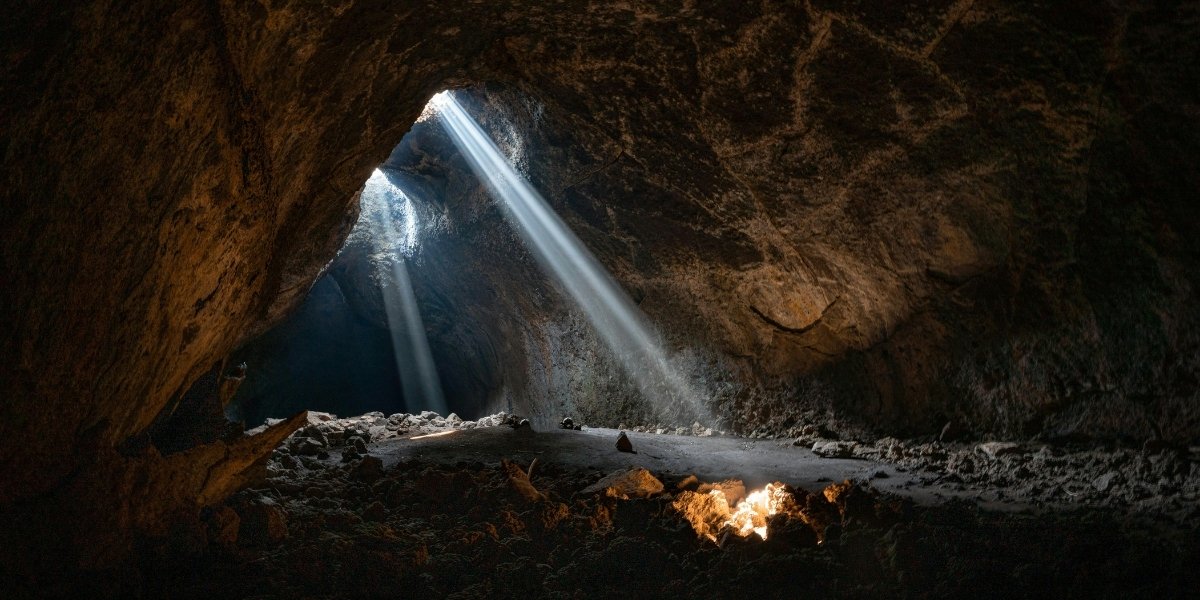The name Las Vegas conjures images of glittering lights, bustling casinos, and an oasis of entertainment in the Nevada desert. Yet, the literal interpretation of this name stands in stark contrast to its contemporary facade. Far from the neon glow, the very phrase whispers of lush meadows and verdant springs, a testament to the unexpected natural abundance that once characterized this arid region. Understanding this original description is crucial to appreciating the extraordinary transformation of a humble watering hole into a global metropolis.
Read Also: Las Vegas: A Premier Film Destination with Diverse Landscapes
Spanish explorers and traders were the first to document the area in the early 19th century. Traversing the harsh, vast desert landscapes, they stumbled upon pockets of naturally occurring artesian springs, which sustained meadows of wild grasses. These rare green patches, vital for travelers and their livestock, stood out vividly against the otherwise desolate terrain. It was these life-giving oases that inspired the name given to the area.
The phrase “Las Vegas” directly translates from Spanish to “the meadows.” This simple, descriptive name accurately reflected the most striking feature of the area to weary travelers: a network of marshy grasslands fed by underground water sources. This literal historical designation speaks to its geological history, highlighting the critical role these natural springs played in making the area habitable and traversable for centuries before any significant development.
How Did Geography Influence This Place’s Name?
The very geography of the region profoundly influenced the name of this place and its subsequent development. The Mojave Desert, a vast and arid expanse, surrounds the area, making any reliable water source incredibly precious. The presence of these shallow artesian wells created a stark contrast, drawing both indigenous peoples and later, European travelers, to these verdant spots. This natural advantage made it a crucial stopping point on ancient trade routes and later, American migration paths.
For indigenous tribes, the meadows provided not just water but also a diverse ecosystem supporting game and edible plants. For the Spanish and later American explorers, it was a vital waypoint on the Old Spanish Trail, connecting Santa Fe with Southern California. Without these natural springs, the journey across the desert would have been considerably more arduous, if not impossible, for large groups. The literal origins of the name therefore underscore its historical significance as a natural landmark in a formidable landscape.
The geological conditions that allowed these springs to surface were unique. Underground aquifers fed by distant mountain ranges created a system of natural discharge points, nurturing the very meadows that gave the city its name. This hydrological phenomenon ensured a consistent water supply that allowed for sustained human presence, influencing settlement patterns long before the advent of modern plumbing or irrigation. The very existence of this green haven made the future growth of a city, improbable as it might seem, a genuine possibility rooted in its unique geography.
What Was Las Vegas Like Before Modern Development?
Before the neon lights and towering resorts dominated the horizon, the area known as Las Vegas was a small, agrarian community, reflecting its intrinsic characteristic as “the meadows.” The natural springs continued to support farming and ranching, attracting settlers in the late 19th century. It was a quiet place, far removed from the bustling cities of the American West, built on the modest pursuits of agriculture and sustenance, rather than grand ambition or entertainment.
The town officially came into existence in 1905, largely as a railroad town. The San Pedro, Los Angeles & & Salt Lake Railroad established a stop here, recognizing the strategic importance of its water supply for steam locomotives and a burgeoning population. Early Las Vegas was primarily a service hub for the railroad and surrounding mining operations, providing supplies and a place for workers to rest. The initial economy was built on these practical needs, not on the flamboyant allure it would later cultivate.
During this period, the character of the town was utilitarian and humble. Buildings were constructed from local materials, and life revolved around the rhythm of the railroad and the needs of a small, pioneering community. The springs, still prominent, continued to define its identity, making it a genuine oasis in the desert. The stage was set for future growth, but the transformation from a quiet meadow town to a global entertainment capital was still decades away, a dramatic shift from its initial humble designation.
How Did Legal Changes Shape the City’s Identity?
Legal changes in Nevada profoundly shaped the burgeoning city’s identity, veering sharply away from its tranquil natural origins to embrace a more audacious future. A pivotal moment arrived in 1931 when Nevada moved to legalize gambling. This decision, made during the depths of the Great Depression, was a bold attempt to stimulate the state’s struggling economy and attract revenue. It provided a unique legal framework that set Las Vegas apart from virtually every other city in the United States.
Simultaneously, the state also enacted simplified divorce laws, allowing individuals to obtain a divorce with minimal residency requirements. This legal reform attracted a steady stream of people seeking quick marital dissolution, further solidifying Las Vegas’s reputation as a destination for those seeking unconventional solutions. These two legal reforms, while initially modest in their impact, laid the groundwork for the city’s future as a mecca for entertainment and personal freedom.
The construction of the Hoover Dam in the 1930s further accelerated this transformation. The massive public works project brought thousands of workers to the region, many of whom sought entertainment and recreation in the small town. The availability of legal gambling and relatively relaxed social rules provided an ideal escape. This influx of people and capital, combined with the power generated by the dam, created the perfect storm for growth, allowing the nascent entertainment industry to flourish, dramatically altering the perception and essence of the city’s identity.
What Is the Modern Legacy of This Iconic City’s Name?
The modern legacy of Las Vegas is one of profound irony and dramatic reinvention. What began as “the meadows” is now synonymous with extravagance, artifice, and boundless entertainment, a man-made oasis built on ingenuity and spectacle. The natural springs that gave it its name are largely channeled underground, their surface presence overshadowed by towering hotels, intricate water features, and vast casino floors. This transformation reflects a triumph of human engineering over natural constraints.
Yet, despite the dazzling façade, the fundamental importance of water remains. The city’s continued existence and growth depend on meticulously managed water resources, primarily from Lake Mead and the Colorado River. The verdant origins, while no longer visible in the same way, serve as a historical reminder of the precious commodity that allowed the city to flourish in the first place. The literal translation of its name is a subtle undercurrent beneath the modern narrative of glitz and glamour.
Read Also: How the “Welcome to Fabulous Las Vegas” Sign Became Iconic
The journey of Las Vegas from literal meadows to a global entertainment hub showcases a powerful narrative of human adaptation and audacious vision. The juxtaposition of its humble, ecological namesake with its glittering, man-made reality offers a compelling study in urban development and cultural identity. The memory of “the meadows” persists, a quiet testament to the unexpected beginnings of a city that continues to defy expectations and captivate the world. The phrase Las Vegas carries a richness beyond its current image.








